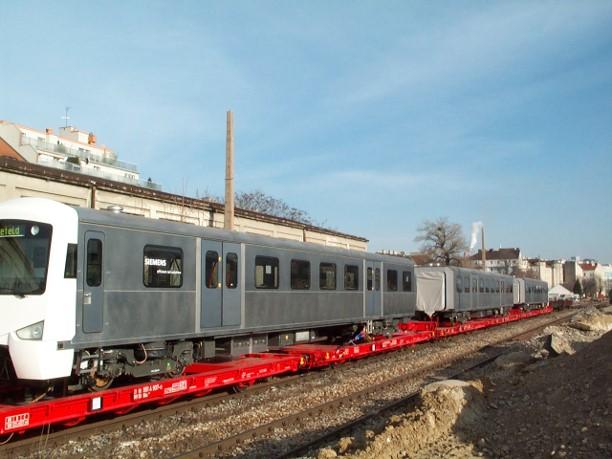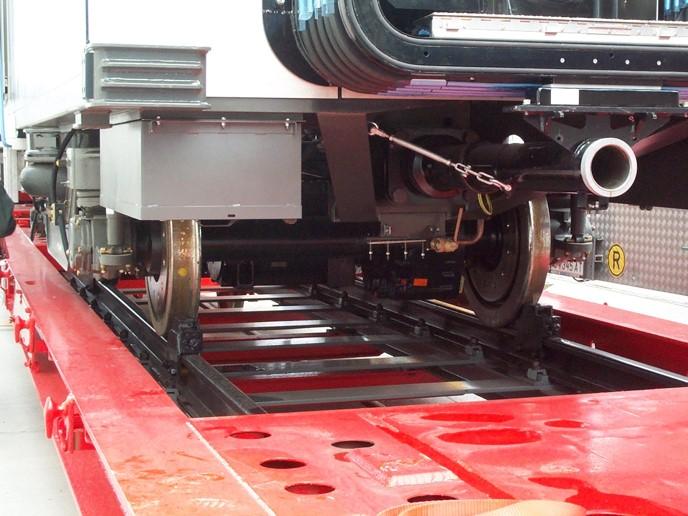RCG Inside
“Every special transport is different”
26. 01. 2024
When it comes to special transports for unusual goods, the Rail Cargo Group’s (RCG) experts can provide an innovative and suitable logistics and transport solution for every requirement – as was the case for the recent transport of the “Glögglwaggon” – an art project in Bad Ischl. RCG employee Werner Böhmer talks about the unique aspects of special transports in the world of logistics.

-Monika-Hedman.jpg/jcr:content.jpg?t=1706010833559&height=99999&width=1140)
-Monika-Hedman.jpg/jcr:content.jpg?t=1706011917235&height=99999&width=760)


